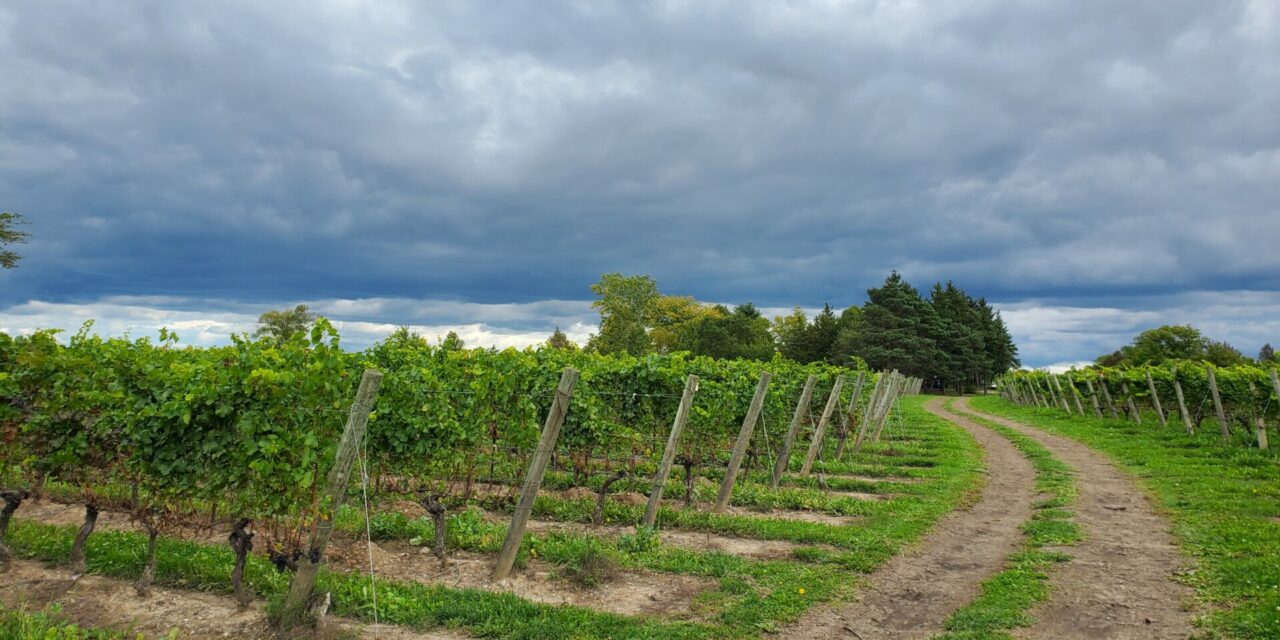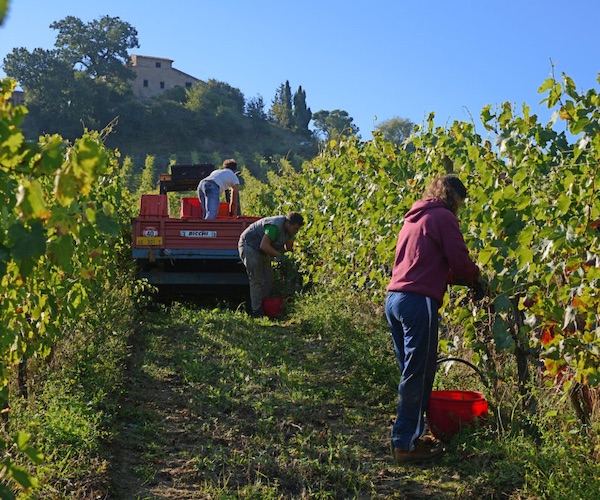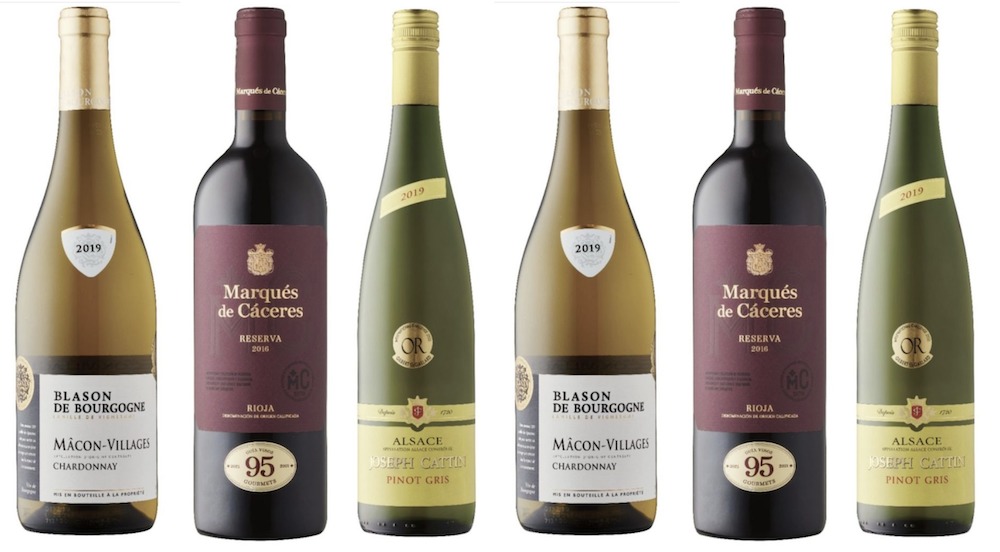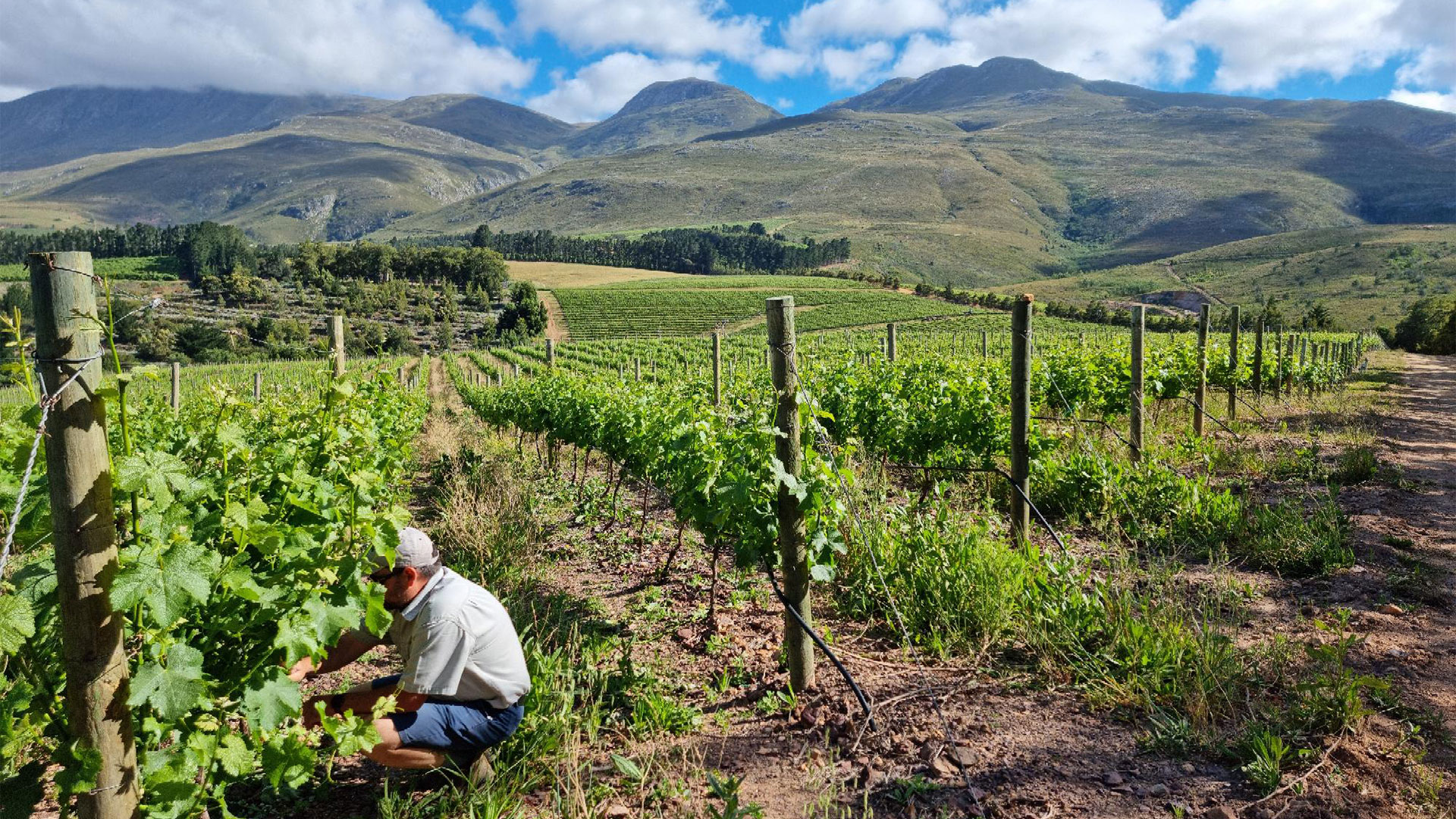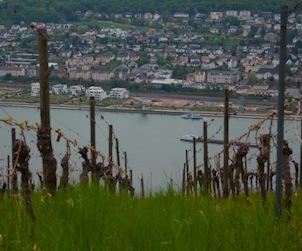As September wound down and harvest ramped up, a small group of wine and media folks gathered to meet the Les Clos Jordanne vineyards anew.
With winemaker Thomas Bachelder as our guide, we boarded a bright yellow school bus. We took a tour of the Les Clos Jordanne Vineyards. Thomas talked us through the history and nuances of the two sites, which sit less than 300m apart.
The vineyards are part of the first significant wave of french investment in Ontario’s terroir. Famille Boisset planted the vineyards in 2001 as part of an intentional effort to establish a Domaine in the French model of viniculture. The Burgundians had arrived. A signal to the broader wine world that we have terroir with a capital T.
The winery has been a beloved local gem, but the brand was shuttered in 2016 before being revived in 2019. For most people attending, this was a chance to taste and be reacquainted with the wine and winemaking philosophy. For me, who’d ignored a lot of Ontario wines in the first part of my career, this was my first chance to taste these vineyards.
For those of you who are new to their interest in wine or who typically eschew local or larger production houses, you may have glossed over Les Clos Jordanne. I certainly made the same mistake. Sometimes being part of a larger house is a good thing, as I believe is the case here. Les Grand Clos and Claystone Terrace are crown jewels within Arterra’s Ontario holdings. They receive all the resources and attention needed to cultivate outstanding wine. The vines are now over twenty years old and among the older Chardonnay and Pinot Noir plantings on the Twenty Mile bench.
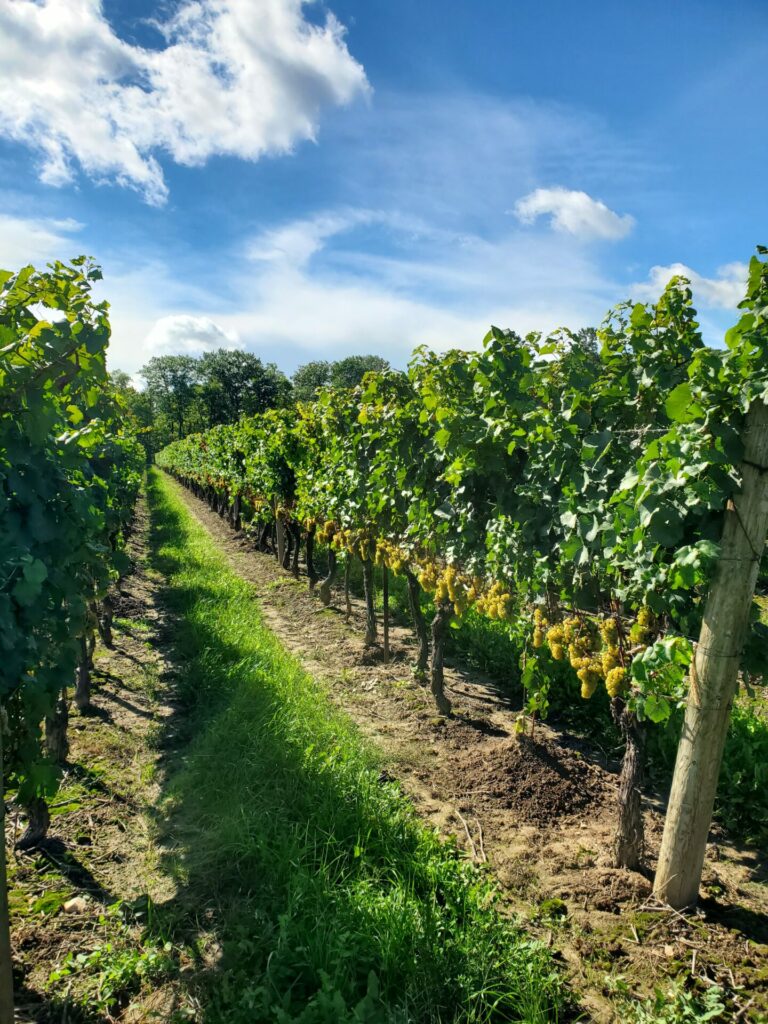
We walked the Claystone Terrace vineyard. The vines were heavy with Chardonnay bunches, ripe and on the verge of harvest. Harvest is a hectic time. If you’ve ever given this kind of access and insight into a vineyard and vigneron during the harvest season, know you’ve been gifted a small treasure. Under the advice and instruction of Thomas, we did a little experiment. We sampled the most recent bottling of Claystone Terrace. We then plucked berries from different parts of the vineyard to compare. I was skeptical, but I was surprised to notice some perceptible differences. The lower lying flatter portion of the vineyard was sweeter, riper and more flavour-packed. Then from the slightly hilled part of the vineyard, the fruit had spicier, savoury flavours.
Once back at Les Grand Clos, we sat down to a tasting of the 2020 Les Clos Jordanne Lineup with pairings from Chef Tim MacKiddie of Smoke & Barrel Niagara.
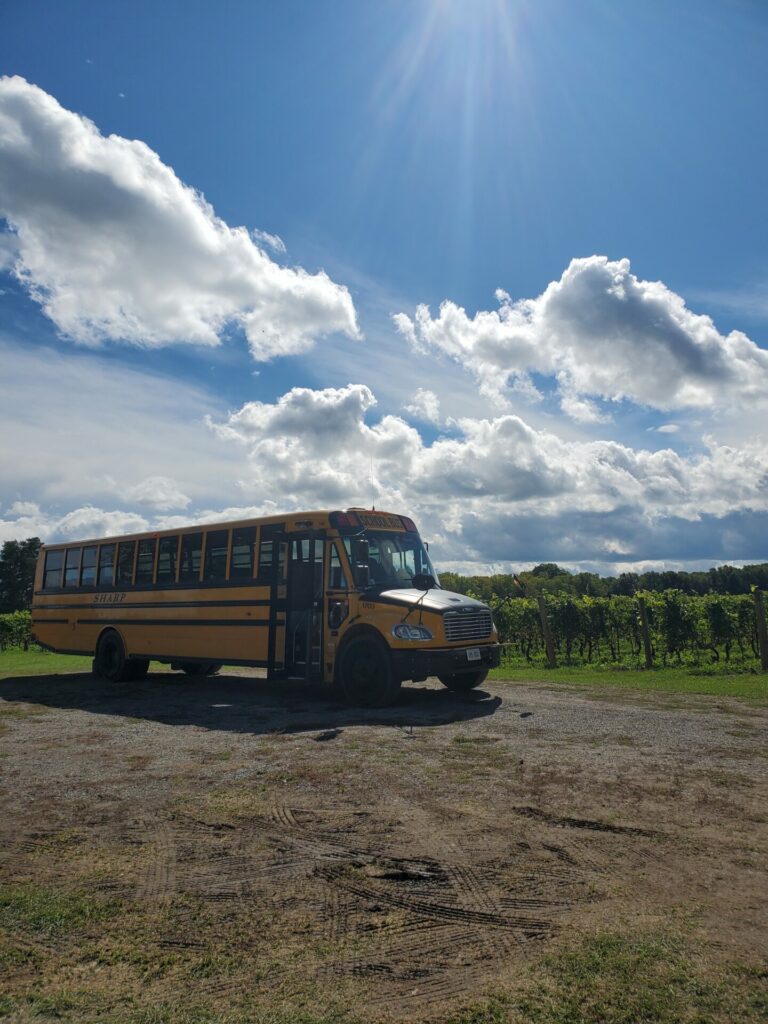
The tasting was a welcome exercise in curiosity for pleasure’s sake. Conversation at the tasting thankfully moved quickly past Niagara vs Burgundy and into the subtleties of Benchland terroir. It’s increasingly clear to me that site signature or terroir can be different just a few hundred meters apart.
Beyond terroir talk, there was also the clear takeaway that we have fantastic Chardonnay and Pinot Noir being made at every price point. The Jordan Village Chardonnay was the most budget-friendly amongst the wines poured and stole the show, in my opinion. Overall, the entire lineup is priced very reasonably for the level of attention, detail and discernment that has gone into them. They outshine cult classics from regions like Burgundy and Napa Valley and have reminded me to check my biases about who makes top-quality wines.

2020 Jordan Village Chardonnay
Ripe lemon zest, buttery shortbread and crème fraiche. There’s a hint of something wet and earthy underneath the fruit. Rattling off a list of flavours and aromas here doesn’t really capture why this wine stole the show for me. It’s perfectly proportioned in the play of fruit, minerality and the structural skeleton that holds this wine together. It’s silky and sensuous but nips your palate on the way down. This outperforms most old-world Chardonnays at this price point. 20 months élevage in barrel.
![]()
2020 Claystone Terrace Chardonnay
The most mineral-driven and nervy of the three Chardonnays. It’s also the most recently bottled, so that likely has something to do with it tasting a bit tightly wound. The nose is closed, but there are pretty white florals, tart green apple and bitter lemon. The palate gets much more savoury and earthy, like stomping along on a fall hike. The finish is long. The acids are like a live wire. This wine will be the one I tuck away the longest, knowing it will be a while before it comes into its complete sense of being.
![]()
2020 Les Grand Clos Chardonnay
The nose is richly perfumed with cardamom, brown sugar, hazelnuts and lemon meringue. The nose is nostalgic for me, evoking Bath & Body Works Warm Vanilla Sugar as the definitive scent of fall before PSL dethroned it. The palate brings it back with brighter, more tart citrus fruit and crisp golden apples. It’s the lushest and most rounded of the trio but also has the most persistent driving acids. It has the structure to lay down for a while, but why would you when it’s so tasty now? If you usually pour Napa Chardonnay at the holiday table, try switching it out for this. Its swoon-worthy.
![]()
2020 Jordan Village Pinot Noir
Black cherry and spice inflected with a brambly savoury edge. The wine is a well-rounded village-level Pinot Noir. The tannins roll around your tongue, and the fruit shits more red-toned on the palate. Think strawberry, cherry cordial and star anise. This Pinot Noir needs a bit of protein on the plate to referee the tannins.
![]()
2020 Claystone Terrace Pinot Noir
Like Chardonnay, Pinot Noir is a bit shy for now. You can see a bit more of what is hiding away, though. The fruit is darker, with more black currant, black cherry and black raspberry, but the fruit is tarter all around. There is a noticeable hit of high-toned mint and fresh roses on the nose. The tannins are fine, sticky and envelope your palate. Some gamey leather and dry floral notes linger through the finish.
![]()
2020 Les Grand Clos Pinot Noir
Aromatically the most generous. The cherry and blackberry jam notes were sweet with a heaping of Christmas spices, cloves, and burnt sugar caramel. The use of some new oak is apparent in the wine but doesn’t feel out of place. The palate was a little shy but still had loads of vibrant pomegranate and black raspberry flavours. Tannins are fine-grained and stick long through the finish.
![]()
(All rated out of a possible five apples)

